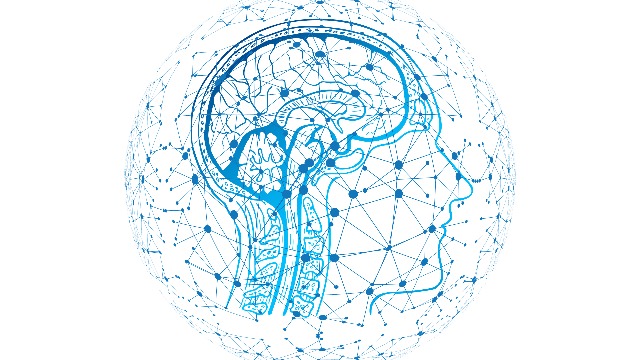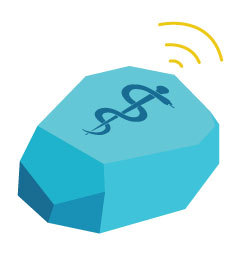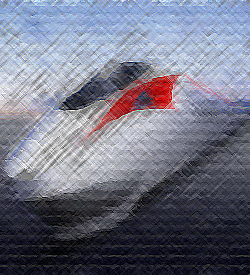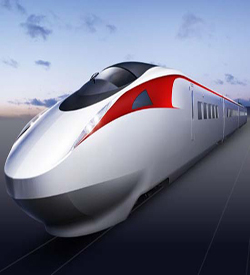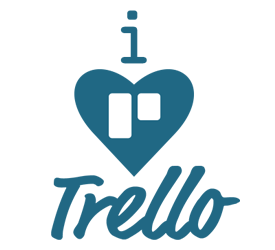Today we launched a new productivity app for Mac OS called Filedart (filedart.com). Filedart allows users to share files and screenshots in seconds. Drag a file or take a screenshot and your file is on the cloud. A URL is instantly in your clipboard, ready to be pasted into chat windows, emails, or sharing tools. On the receiving end, users click on the URL link to access the file or image in their browser. No sign in or registration is required.
This isn’t a new concept, but we think we’ve done it better. We intentionally kept the feature set minimal, focusing on design and usability. As we developed the tool, we made frequent use of Filedart for collaboration. We darted screenshots of the product page, various iterations, of the logo, nightly builds, and marketing strategies. It quickly became apparent that we were settling into a new way of working. After a few tosses, using Filedart becomes as intuitive and natural as Copy/Paste. While you don’t need Copy/Paste to work on a Mac, most of us would hate to go without. Filedart starts to feel the same way.
In terms of privacy, we don’t request user data and promise not to peek at your files. We don’t know who you are, and we are not interested in snooping. Ultimately we hope that the tool we created is useful, reliable, and secure.
We would love to hear your feedback on how to make Filedart better – just email us at feedback@filedart.com. Happy darting!
Brad


